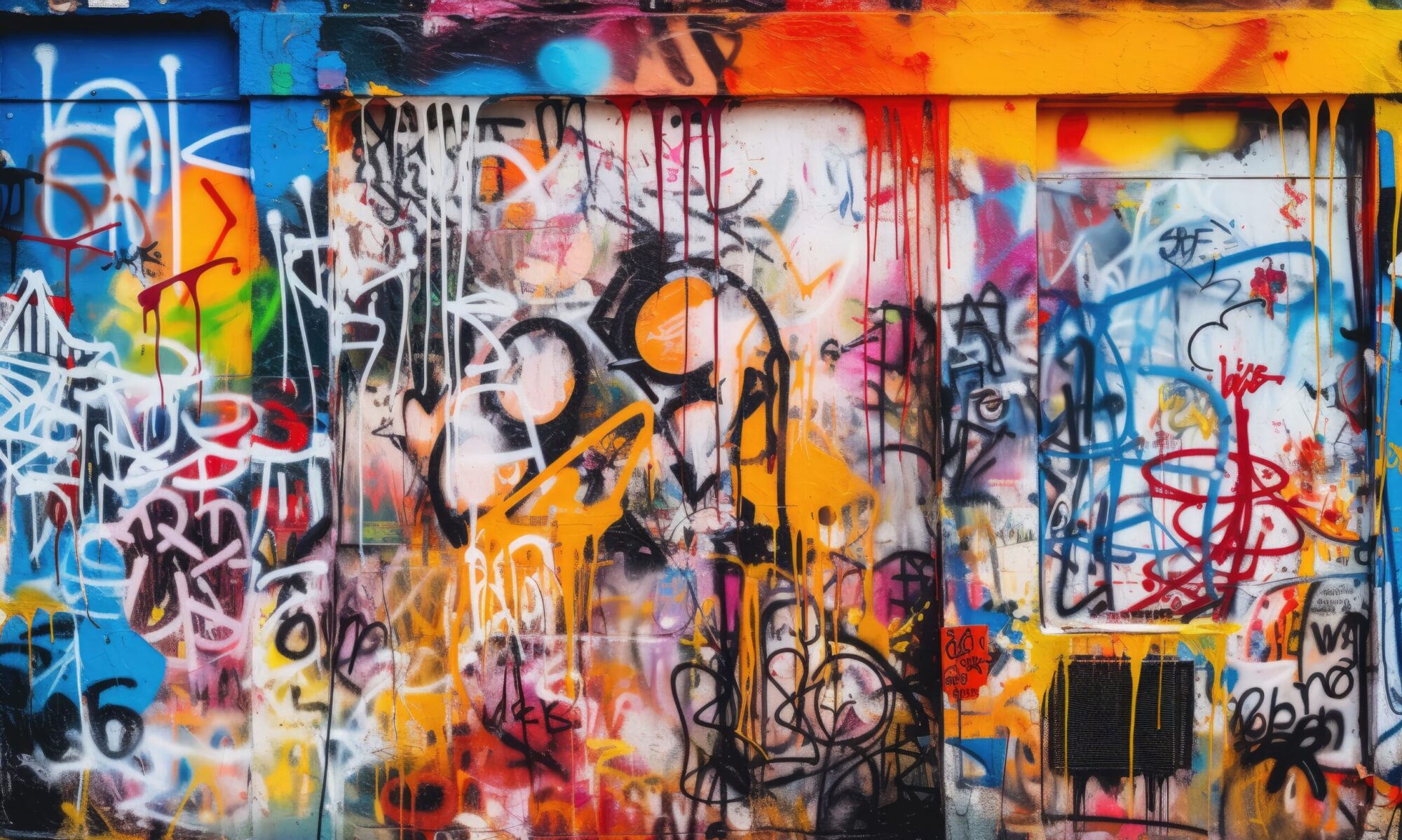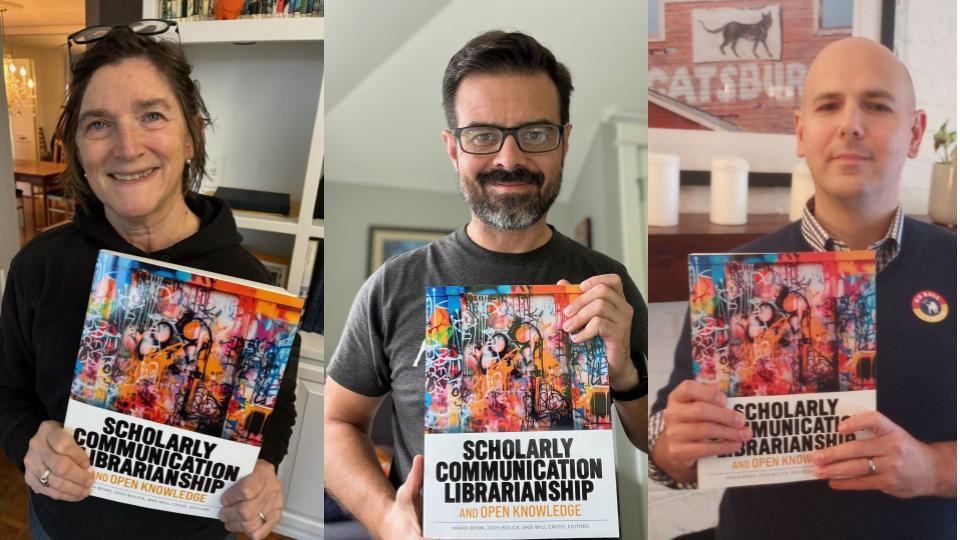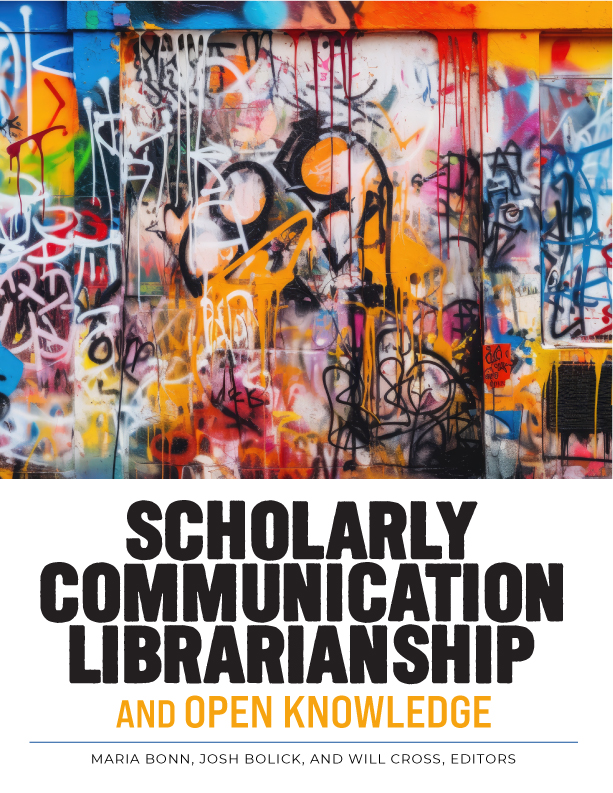Dr. Regina Gong was the curator of the Open Education Collection in the Scholarly Communication Notebook. Before her current role as Associate Dean for Student Success and Diversity in Copley Library at the University of San Diego, she led open education programs at Michigan State University, and before that, at Lansing Community College. If you’ve been working in the OER space for long, you know Regina’s work, and if you aren’t familiar, you really should be. She is deeply knowledgeable, experienced, and infectiously enthusiastic. We have welcomed every opportunity to work with Regina, who also contributed to the Open Education Section of Scholarly Communication Librarianship and Open Knowledge. She’s also, very deservedly, a LJ ‘23 Mover & Shaker. Below, Regina shares information about the collection of materials she curated. Essentially, it’s OER about OER. For clarity, the Open Education Collection is a catchall of resources that are endorsed by the SCN and bear the tag, “Open Education.” Regina focused her effort in the related Scholarly Communication Notebook Group folder structure in order to ease navigation. The top folder is called “OER (Overview).”
Introduction
OER Commons is a rich resource which hosts a plethora of resources that provide an overview and introduction to open educational resources (OER) and related practices. Faculty, teachers, librarians, instructional designers, academic staff, administrators, and students from different institutions and organizations create, remix, and share these materials to support teaching and learning. These resources available allow for a better understanding and clarity about OER and demonstrate how these materials can be used and adapted for teaching and learning. However, the volume of materials, along with the many facets available to filter the results for relevancy, can be overwhelming, especially for those who may not be familiar with OER. For library and information science (LIS) students and others just starting to learn about open educational content and practices, the SCN is a jumping off point to explore and discover open education as well as the community of people who create these materials as tools for empowerment. Indeed, this is an invitation to expand our knowledge, awareness, and commitment to open education for the public good.
Overview of the Collection
The collection consists of materials that introduce OER and provide a deeper dive into the issues that propelled the rise of these openly licensed teaching and learning materials. The Overview folder provides a starting point for learning the basics of OER, what it can do to improve learning, and how educators can use these materials in the classroom. In this section, you will find a number of toolkits, starter kits, and quick-start guides geared towards specific groups such as librarians, faculty, students, and administrators, among others. It is then subdivided into folders as follows:
- Diversity, Equity, Inclusion, and Accessibility (DEIA): Open education is often framed as a way to democratize knowledge, access, and opportunities for all learners. Equity and social justice are the pillars of ensuring that OER lives up to its promise of empowerment and freedom. In this section, the emphasis is on foregrounding OER as more than just free and affordable materials. It is curated to bring together a critical perspective on open education and how it can advance diversity, equity, inclusion, and social justice. Resources in this section are interdisciplinary and include works by authors in the United States as well as internationally-created materials. Here, you will find reports, toolkits, templates, and rubrics that guide educators and learners to intentionally incorporate DEIA in their courses, curriculums, syllabi, and assessments. It is not limited to postsecondary education but also includes materials relevant to K-12 educators.
- OER Advocacy: A crucial part of OER work is advocacy and the ability to rally key decision-makers to support initiatives. This section provides information on advocating for OER as a student and librarian.
- Open Licensing: Open licenses such as the Creative Commons licenses put the “open” in OER. Understanding these licenses and how they can be used to share materials with the world is crucial. This section comprises full courses and modules that discuss how these licenses work. The goal is to provide not just an understanding of Creative Commons licenses but to use it to demonstrate the affordances and freedom that OER enables.
- Open Pedagogy: Open pedagogy or open educational practices are a body of activities that build on the opportunity of openly licensed content. For many educators, these practices are a core benefit of engaging with OER. This section consists of materials that demonstrate how this is done in real-life educational settings.
- Open Textbooks: Open textbooks represent the majority of OER that are utilized and adopted by educators and learners. This section provides guidance on creating, modifying, and publishing open textbooks. Authoring with students and information about the peer review process that can be used to publish open textbooks round up this section.
Areas of Strengths
The scholarly corpus that makes up the open education field has been increasing since OER was first introduced in 2002. One area of strength is the availability of materials in all formats that provides an introduction and overview of OER. There are a lot of toolkits, guides, handouts, templates, and rubrics that address the many facets of running an OER program, including advocacy and publishing. A growing area of strength is open pedagogy and DEIA. This collection represents that strength since an emerging focus on equity and social justice has gained ground within the field. Open education practitioners have started to realize the value proposition of OER as a liberatory way to challenge knowledge creation and representation.
Areas of Improvement
An area that needs to be strengthened is one that all open education advocates should strive for: representation and inclusion. The materials available on open education and OER are predominantly Western-centric, specifically from the U.S. and Canada. This is not to say that there is a lack of materials about open education and OER from countries outside of North America. The issue is that those materials are not frequently cited, recommended, or referred to. For example, several materials from OER Africa, Europe, and the Global South are not represented in the major repositories (including OER Commons), which has serious implications for their discovery. As curator of this section, it was challenging to find these materials, so I intentionally added them as a resource in OER Commons so that the SCN could endorse them. While it is impossible to curate everything and be everywhere all at once, it is critical that we, as librarians and information professionals, practice what we preach. It is an ongoing effort to ensure that LIS students and emerging OER professionals learn about open education from as many perspectives, worldviews, and positionalities that make up this global community. This collection is a start, and hopefully, it will grow to include and represent the diverse voices waiting to be heard and discovered.
If you are aware of openly licensed materials about open education, here’s how they can be added to the Scholarly Communication Notebook.


